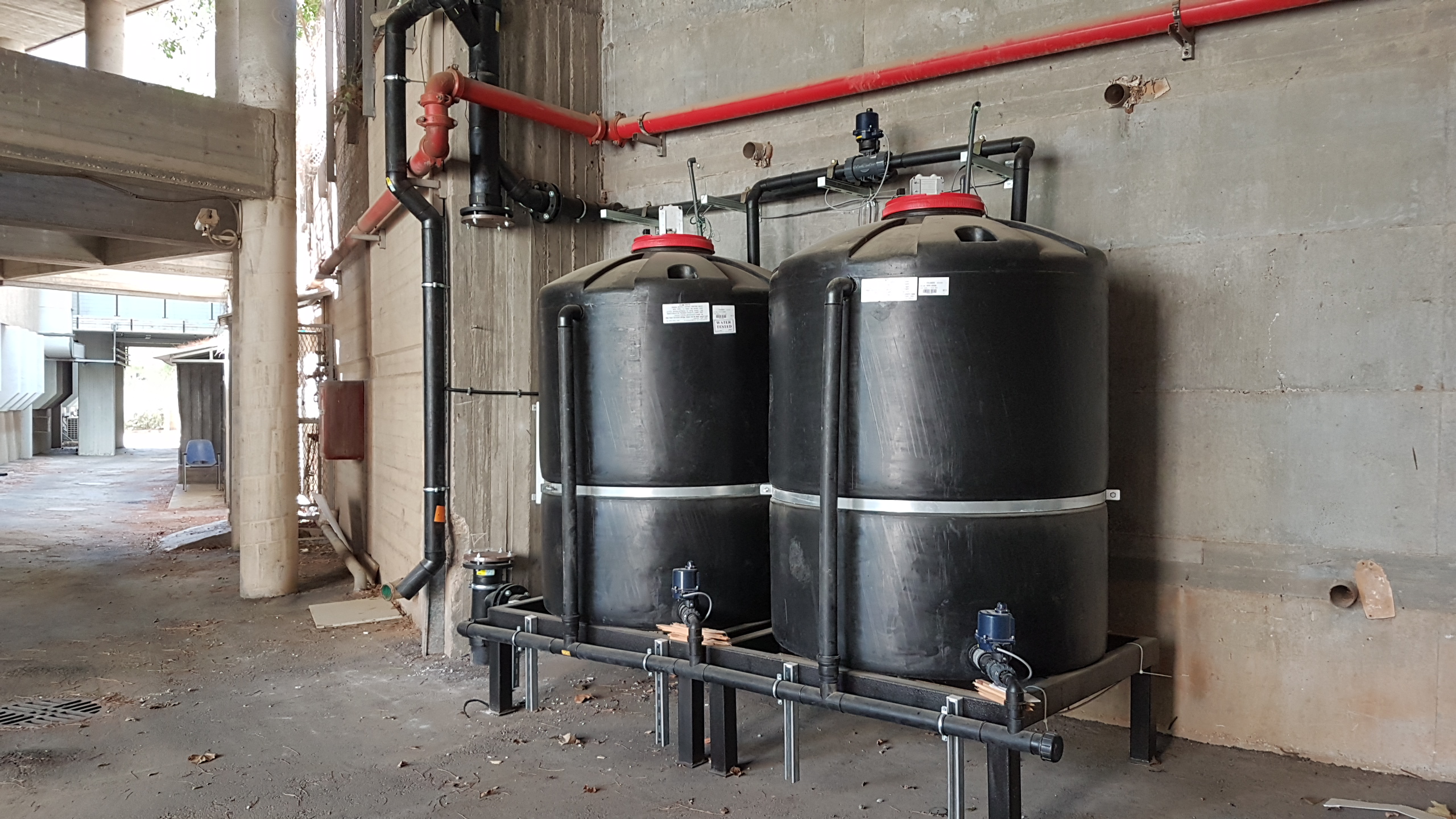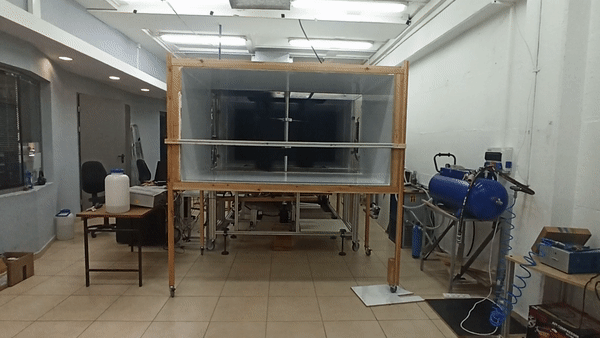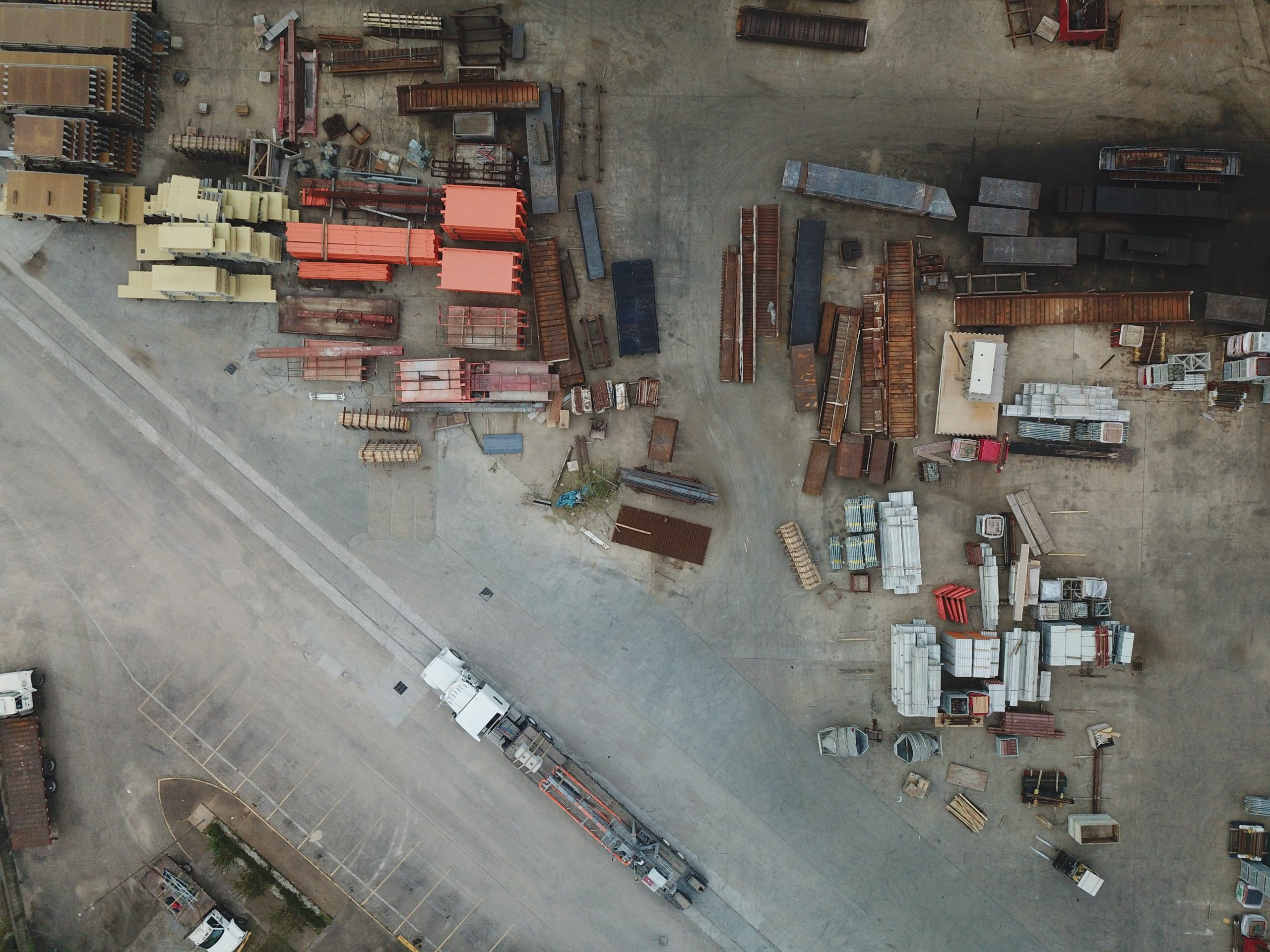A.I. Gives Traffic Reduction the Green Light
August 9, 2021To address the alarming economic and environmental consequences of inefficient vehicle transportation, Israeli company, Intelligent Traffic Control (ITC), has developed a twofold solution to lessen road congestion and alleviate its burden on the environment.
In a bustling post-COVID lockdown era, efficient and intelligent vehicle travel is crucial now more than ever. As cities like Tel Aviv reestablish full capacity occupancy in office buildings, restaurants, and other businesses, it raises an age-old question about sustainable transportation and mobility. Without it, transportation will continue to represent about 23% of the global greenhouse gas emissions (GHG) and emit harmful vehicular emissions such as nitrogen oxides (NOx) and fine particulate matter––air pollution that is presently responsible for nearly 3.7 million premature deaths each year.
The share of commuters using public transportation is low in metropolitan areas, hovering around 20%. As a result of poor quality service and rising incomes, the amount of people using public transport is declining. More people are choosing to travel in private vehicles, which have over inundated highways and side streets with traffic backups and continuously running tailpipes. One particularly busy strip is the Ayalon Highway, with about 800,000 to one million vehicles hitting its pavement every day.
And because of the recent and ongoing global pandemic, most Israeli citizens opt for driving their own private vehicles as opposed to using public options like buses or trains. In fact, during the pandemic, the use of public transport dropped by tens of percentage points. Plus, the current pace at which mass transit and infrastructure are being constructed falters when compared to the increasing number of private vehicles entering circulation.
“Today, traffic and road congestion are catastrophic,” says Intelligent Traffic Control’s (ITC) Chief Technical Officer, Dvir Kenig. “After the COVID-19 pandemic, people have lost trust in public transportation. They are afraid of it, and with the new virus variants, we have noticed an increase in private cars on the road,” he says referring to Israel’s arduous transportation status.
The Environmental Toll of Israel’s Traffic
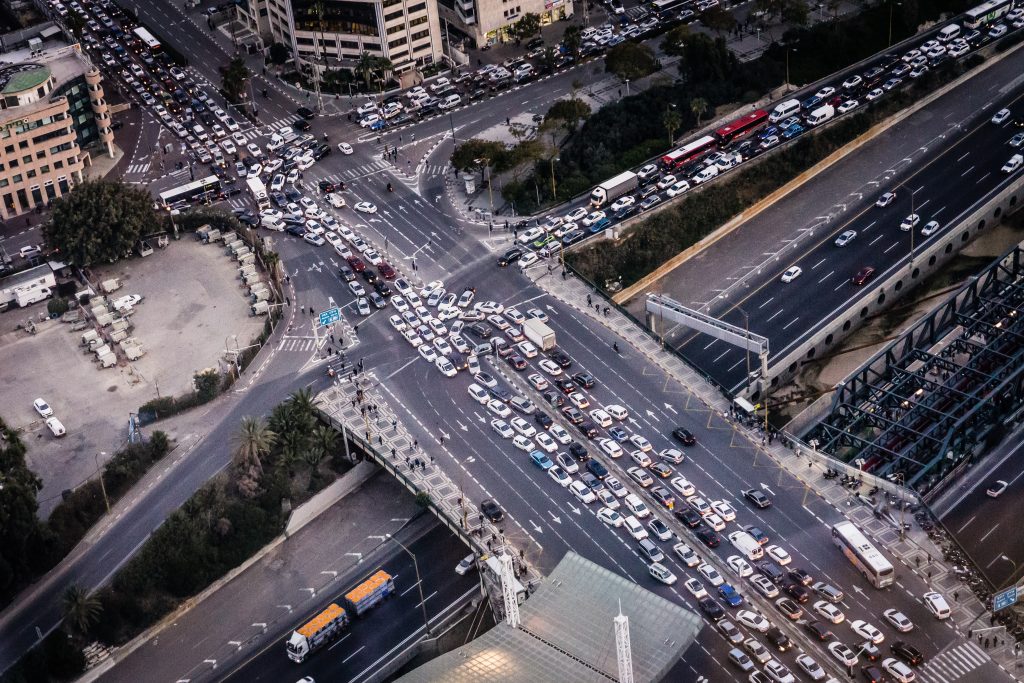
Traffic buildup continues to plague roadways and frustrate commuters across the globe, but Israel especially lags behind in terms of transportation solutions, and thus suffers the worst traffic congestion out of any country within the OECD.
As a result, Israel’s transportation sector was found to be its second largest source of GHG emissions after electricity production, where local sources contributed 26% of the country’s CO2 emissions in 2009. However, given the country’s recent shift to natural gas for generating electricity, experts predict transportation’s GHG emissions could very well surpass that of the energy sector and become Israel’s greatest source of carbon emissions.
In 2015, there were a little more than 3 million motor vehicles in Israel and 83.5% of them were privately owned. For a country that is only a little more than 20,000 km² in size, it seems mystifying that 300,000 new cars are still sold on average each year, which would put Israel’s current vehicle fleet at nearly 5 million. Due to Israel’s vastly overcrowded streets, reports show that for every kilometer of road there are roughly 2,700 cars. By comparison, there are only 773 cars per kilometer on average among other OECD countries.
And with this congestion comes much slower traveling speeds, something that drivers in Israel today are more than aware of. Even as far back as 2010, the average speed of morning rush hour traffic heading into Tel Aviv was already clocking in below 10 km/h. Since then, the frequency and duration of stand-still traffic has grown, which has exacerbated urban air pollution within Israel’s city centers and immediate outskirts. This is because cars, excluding electric vehicles, release far more GHG emissions when they are stuck in traffic than they do driving at normal speeds (~90 km/h). Car-congested cities are where fine particulate matter (PM2.5) and NOx (nitrogen oxides) from engine exhaust are most concentrated, prompting higher respiratory complications and health hazards among children and adults. In fact, an estimated 2,000 Israelis die prematurely each year as a result of air pollution.
Combating Israel’s chronic traffic congestion is by no means an easy task considering the strength of the market for private vehicles. Although, a fairly recent report revealed that only 5% or so of drivers need to either change their departure times from peak hours, carpool, or leave their cars at home entirely to significantly improve and ease traffic patterns, at least in the short-term. Long term reforms could include congestion pricing, which could both regulate demand and finance investments towards upscaling Israel’s public transportation system.
However, Israeli company Intelligent Traffic Control (ITC) is taking an alternative approach, metaphorically paving the way for smoother streets with cost-effective machine learning software to predict traffic patterns and prevent backups without compromising the environment.
Congestion Intervention
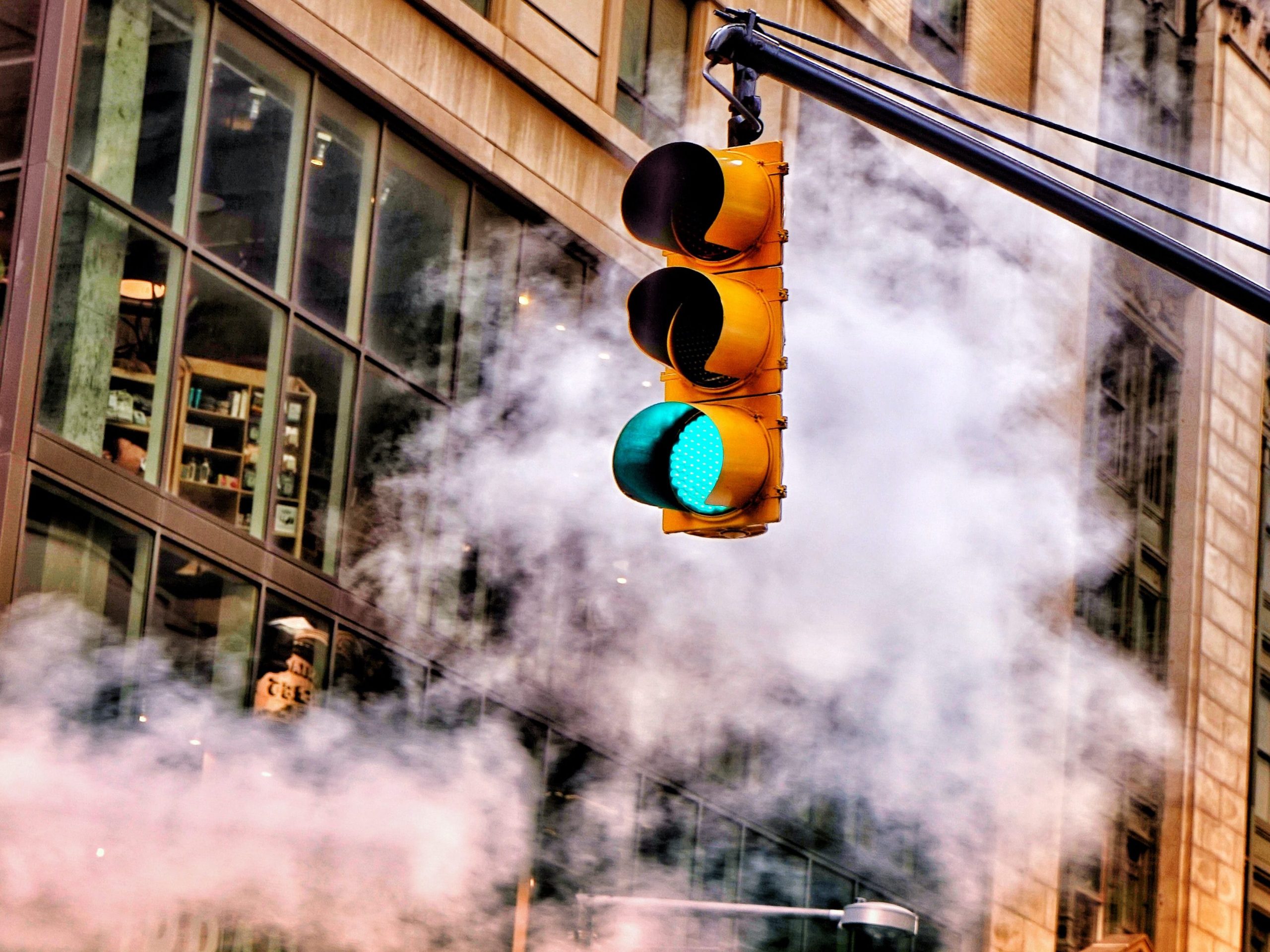
Although environmentally necessary and publicly desired, ITC’s vision to decongest the road and shorten travel times is challenging because every intersection’s pattern of traffic is unique. However, ITC mathematically proved that traffic jams could be outright prevented if traffic is managed before cars get backed up in the first place.
“This approach is different from existing systems, which try to measure what is happening in real-time as cars enter congested areas,” says Dvir Kenig, ITC’s CTO. “We look at traffic and congestion from an entirely new perspective in order to resolve any obstacles they might cause, because the current Israeli infrastructure simply cannot handle the volume of cars we see today in 2021.”
Using mathematical models, the company’s machine-learning algorithm obtains and uses live traffic data; detecting buses, vehicles, bikers, and pedestrians as well as their behaviors. After identifying relevant patterns, the AI technology provides responses to those patterns which are then sent to traffic lights to alleviate any problems in real-time.
“One car’s reduction in speed causes a chain reaction. That chain reaction is key to understanding how backups occur. We have the ability to prevent these chain reactions by detecting movement on the roads and responding quickly with real-time traffic light changes,” Kenig explains.
ITC’s technology gathers data through video streams monitoring daily road traffic and visually analyzes how every object moves, whether it’s a vehicle or a pedestrian, by tracking speed, distance, lane position, and direction of movement. The system can even determine how long a car, bus, or pedestrian is waiting at an intersection. According to Kenig, hundreds of different parameters are generated every second with regard to each passing object.
“Using all this information, our strong machine-learning model can recognize exactly what is going on and what the patterns of the cars are. After recognizing these patterns, our technology can generate an algorithm that is specific to that road and intersection. Once this is created, it’s routed to traffic lights to enable real-time execution of road decongestion. This is one big constant feedback loop,” he explains.
Right now, the company’s technology manages more than 100,000 cars on the road daily. In addition to a variety of locations, one intersection ITC manages in particular is Einstein-Namir where tens of thousands of vehicles pass through every day.
“We have a high percentage of traffic reduction in the areas where our technology is implemented, and we’ve had wonderful results on the ground,” Kenig shares.
A Fast and Eco-Friendly Future
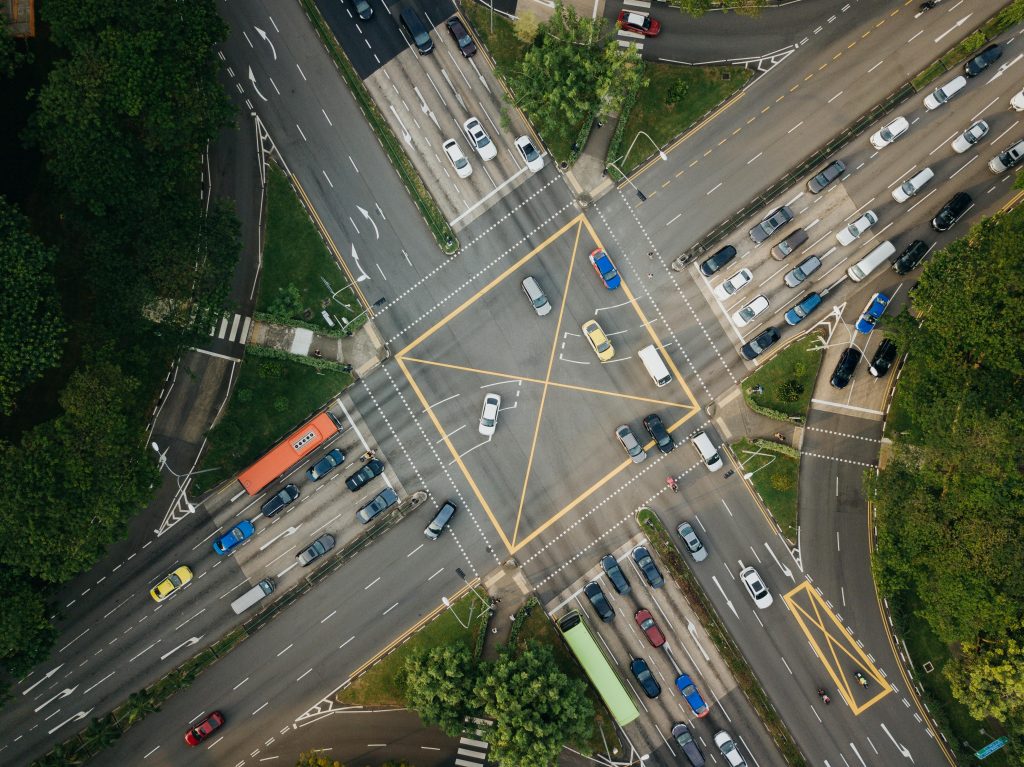
By improving traffic flow and reducing fuel-wasting idling, ITC’s machine-learning algorithms are also serving to minimize the driver’s fuel consumption, vehicular emissions, and fuel costs.
“When we consider municipality expenses, there’s a lot of money spent on induction loops, or vehicle detection loops,” Kenig comments. “There are sensors in the concrete of the roads to detect if a car is there; however, this is very primitive technology as it cannot distinguish whether a bus is passing versus a truck or small car, let alone how much time the vehicle spends waiting at that spot. And today, this technology is 10 times more costly than our systems here at ITC.”
The costs involved include the pouring of concrete over the road sensors, stopping and diverting car traffic, and general maintenance and repair. Kenig strongly believes ITC’s services provide a better alternative than the tools currently being used by city municipalities.
“Road planning is quite expensive. Every few years, engineers manually count how many cars pass through an intersection to plan the road accordingly. Our software, however, can provide 24/7 traffic monitoring, surpassing human capabilities and saving municipalities time, money and resources,” says Kenig.
The company’s technology represents an enormous step forward in the field of sustainable transportation both in terms of emission reduction and prompting cleaner urban environments. According to company metrics, ITC’s technology has already reduced 20-30% of CO2 emissions around the specific intersections that are equipped with it.
“There is a strong correlation between road traffic and air quality,” Kenig states. “Cars that are idle are already emitting a lot of pollutants and CO2 into the air. Once traffic jams and extended periods of time on the roads are prevented, this will be alleviated,” he concludes.
This ZAVIT Article was also published in YNET on 7 Aug. 2021
